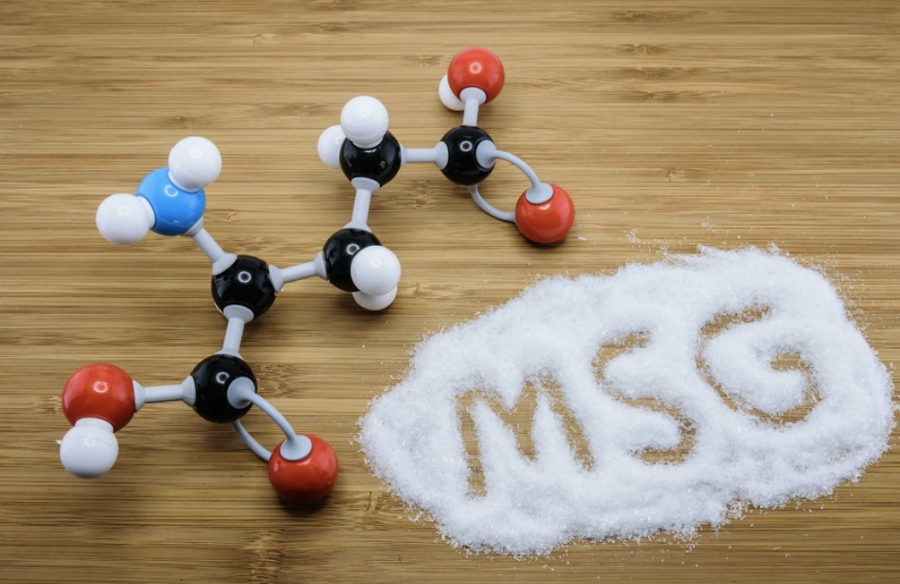MSG Misconceptions
New York Times article, ‘Chinese Restaurant Syndrome Puzzles Doctors’, which was reported in 1968, sparked a flurry of debate about the true health effects of monosodium glutamate (MSG). It is a commonly used flavour component that creates the Umami taste associated with MSG. It is an ingredient found in many East Asian dishes.
In 2021, you may read “Does not contain MSG” highlighted on many American food packages. Doritos, Kentucky Fried Chicken (KFC) and Chick Fil A all use MSG in their food and yet it’s most negative association lies with Chinese food.
America is biased against MSG in Chinese food for one reason: Anti-Asian rhetoric. It is important to note the flawed scientific studies and misinformation regarding MSG as well as American social ideologies. Consumers reported headaches, muscle aches, heart palpitations and chest pain all of which are symptoms of Chinese Restaurant Syndrome.
The name Chinese Restaurant Syndrome (CRS) is undoubtedly a result of xenophobia and fear of foreign foods. The National Center for Biotechnology Information published a journal written by Himmatrao Saluba Bawaskar, Pramodini Himmatrao Bawaskar and Parag Himmatrao Bawaskar. These three Indian scientists found that CRS is not a definitive effect of Chinese food alone. The free glutamate in tomatoes and mushrooms are also a symptom of this so-called CRS.
MSG cannot be the sole culprit for a sickly feeling one may feel after eating East Asian food. MSG is “generally recognized as safe” according to the FDA. The Joint FAO/WHO Expert Committee on Food Additives (JECFA) has also come to this conclusion.
Since there is plenty of MSG in American food, CRS may be a result of the nocebo effect. The nocebo effect is the opposite of the placebo effect. It happens when a consumer expects a negative result and therefore experiences negative physical reactions. If Americans are worried about CRS in Chinese food and not Pringles chips, their physical symptoms could be presenting themselves more because they are expecting a negative outcome.
Like any junk food, chow mein and xiaolongbao aren’t any healthier than a bag of chips or some KFC, but it certainly isn’t drastically worse.
The symptoms that persist with CRS are only reported because of the stigma Asian food has for being unhealthy. This nocebo effect can also be traced back to outdated Anti-Asian rhetoric.
When Chinese-Americans first arrived in the United States, they had to adapt and open restaurants catered to American tastes. Restaurant owners changed many important family recipes to please others and yet are still being told their food is too salty, too oily and the cause of terrible health problems.
When we shy away from an ingredient solely because of its stereotypes, the livelihood of restaurant owners is impacted. Asian restaurants are seen as ‘cheap’ and a ‘last resort’ whereas French and Italian food are both often called ‘fine dining’ and ‘upscale’. The myths about MSG directly affect which businesses stay open and which owners are willing to conform to the tastes of uneducated Americans. If Americans were to recognize that CRS is a myth, the Covid-19 pandemic would not have closed so many Chinese restaurants down. People would have rallied to support Chinese-owned businesses rather than start rumours of unhygienic practices in the kitchens had these stereotypes not been perpetuated.
As a country, we need to unpack our biases against MSG and the Asian food containing it. Does this mean we all need to go buy MSG and keep it in our cupboards? No, absolutely not. However, a start to a better future for Chinese restaurant owners is to acknowledge the safety of MSG and even the deliciousness it can elicit from cultural food.
If people against MSG want to know the worst symptom of CRS, the answer is simple. It isn’t muscle spasms or an elevated heart rate, it’s racism.


